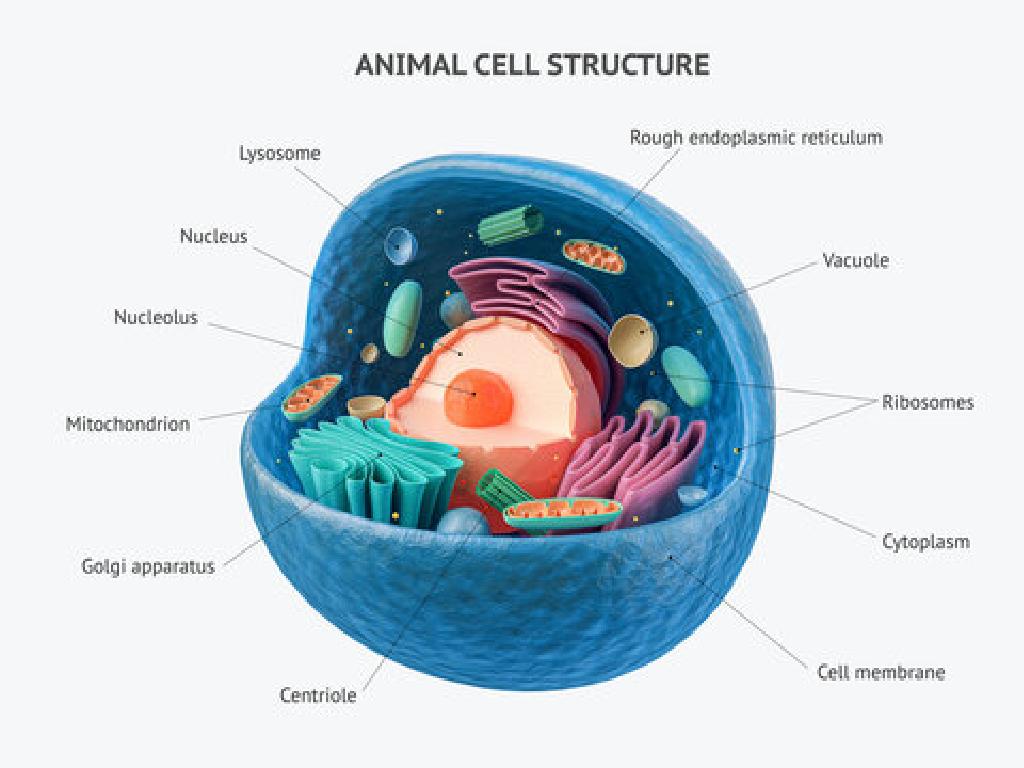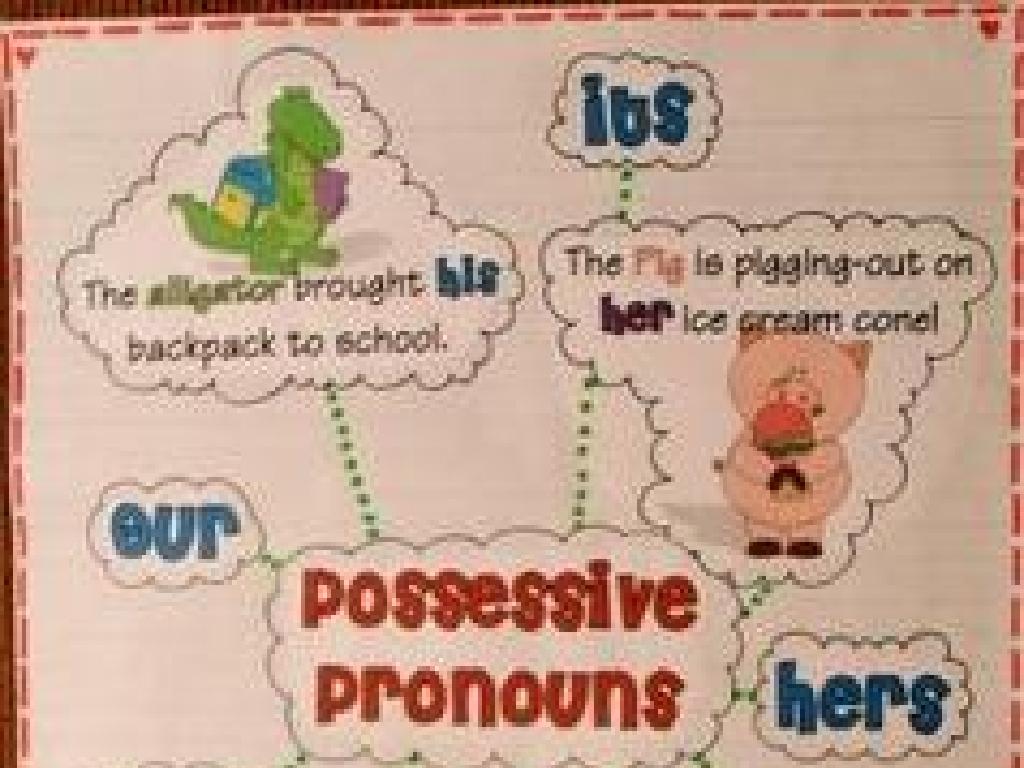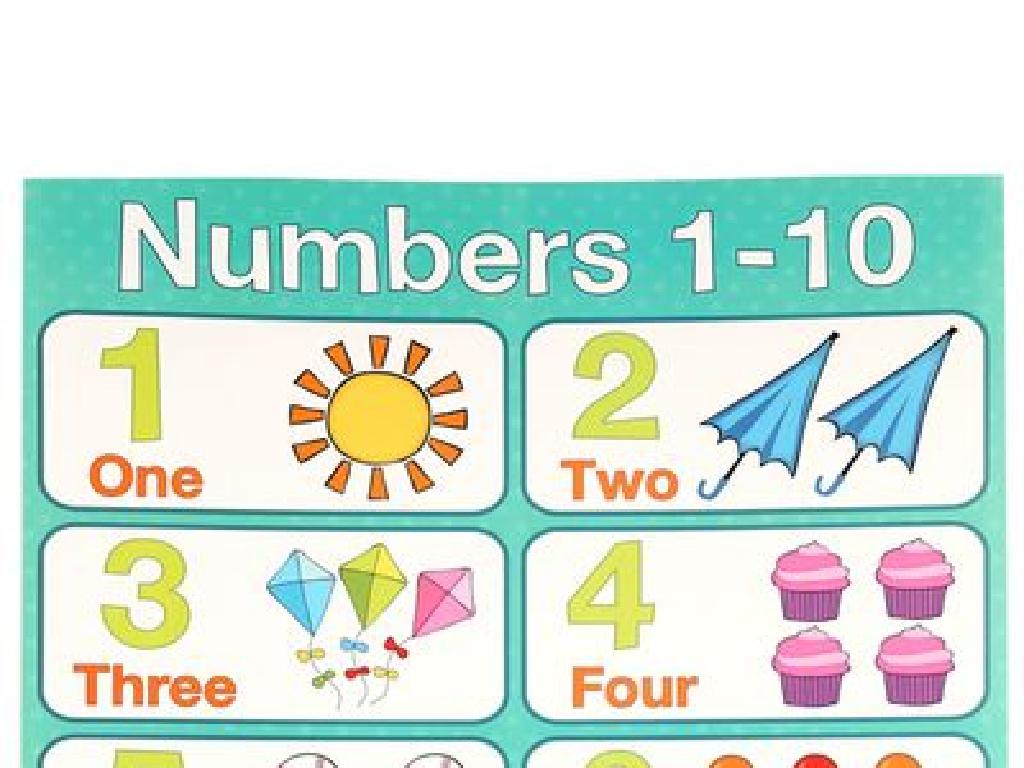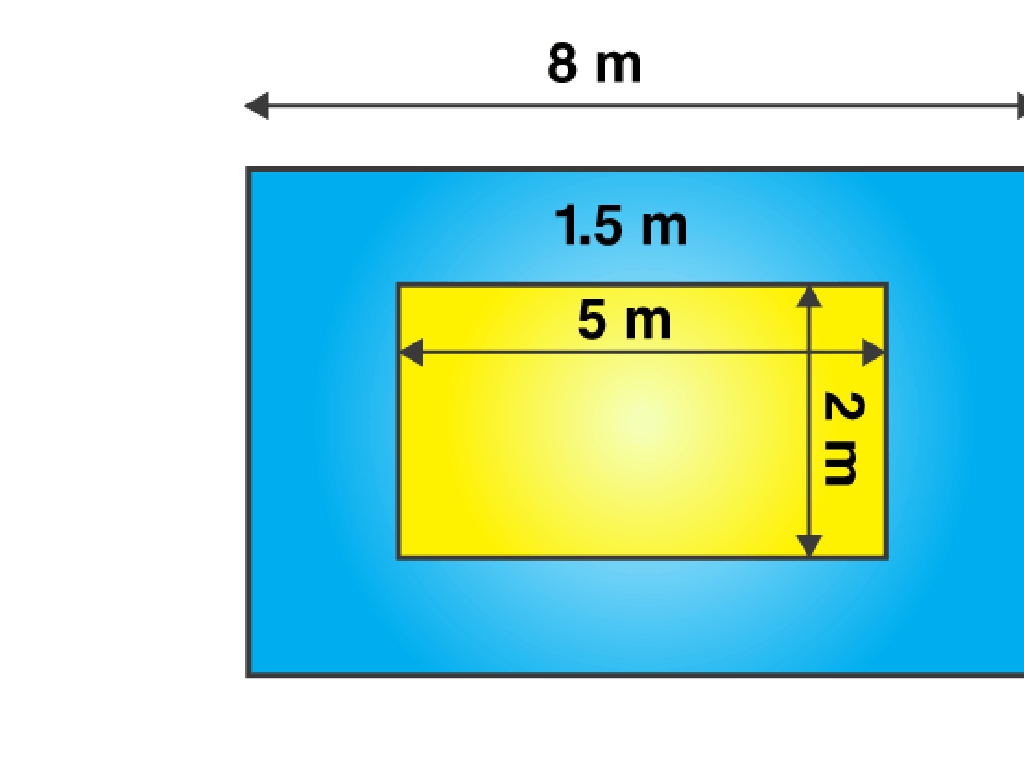Multiply 2-Digit Numbers By 2-Digit Numbers Using Partial Products
Subject: Math
Grade: Fourth grade
Topic: Multiply By Two-Digit Numbers
Please LOG IN to download the presentation. Access is available to registered users only.
View More Content
Multiplying 2-Digit Numbers: Building Number Towers
– Explore multiplication with 2-digits
– Break down numbers into parts
– Like 34 is 30 (3 tens) and 4 (4 ones)
– Multiply each part separately
– Example: 30×20 and 4×20 for 34×20
– Combine parts for the total product
– Add partial products for the final answer
|
This slide introduces students to the concept of multiplying larger numbers using the partial products method. Start by explaining that multiplication is just adding a number to itself a certain number of times. Compare it to building a tower with blocks, where each level is a partial product. Break down each 2-digit number into tens and ones, and then multiply each part by the other number. For instance, to multiply 34 by 20, first multiply 30 (3 tens) by 20, then 4 (4 ones) by 20, and add the results together to get the final product. This method helps students understand the value of each digit in a multi-digit number and lays the groundwork for more advanced multiplication.
Understanding Multiplication: The First Steps
– Multiplication as repeated addition
– If you have 3 groups of 4, that’s 3 x 4.
– Example: 3 x 4 equals adding 4 three times
– 3 x 4 is the same as 4 + 4 + 4.
– Practice with different numbers
– Try 5 x 6: think of adding 6 five times!
– Quick quiz on multiplication facts
|
This slide is aimed at reinforcing the concept of multiplication as repeated addition, which is a foundational skill for understanding more complex multiplication problems. Start by reviewing the concept that multiplication is simply adding the same number multiple times. Use the example of 3 x 4 to illustrate this point concretely. Encourage students to practice this concept with different numbers to solidify their understanding. Conclude with a quick quiz to assess their grasp of multiplication facts. This activity will prepare them for learning how to multiply larger numbers using partial products.
Multiplying with Partial Products
– Break down larger multiplication
– Split 23 x 45 into 20 x 40, 20 x 5, 3 x 40, and 3 x 5
– Partial products simplify multiplication
– Each smaller multiplication is easier to compute
– Example: Multiply 23 by 45
– 20 x 40 = 800, 20 x 5 = 100, 3 x 40 = 120, 3 x 5 = 15
– Add the partial products together
– Sum: 800 + 100 + 120 + 15 = 1035
|
This slide introduces the concept of breaking down complex multiplication problems into smaller, more manageable parts using partial products. It’s crucial to explain that by multiplying each digit separately and then adding the results, students can simplify the multiplication process. Use the example of 23 x 45 to show how to split the problem into parts: tens by tens, tens by ones, ones by tens, and ones by ones. Then, demonstrate how to multiply each part and finally add all the partial products to get the final answer. This method helps students avoid confusion and builds their confidence in solving larger multiplication problems.
Multiplying with Partial Products
– Step 1: Multiply the ones place
– Multiply the last digits of each number
– Step 2: Multiply the tens place
– Multiply the first digits of each number
– Step 3: Add the partial products
– Combine the results of step 1 and 2
– Example: Multiply 26 x 34
– 6 x 4 and 20 x 30, then 6 x 30 and 20 x 4
|
This slide introduces the concept of using partial products to multiply two-digit numbers. Begin by explaining that we can break down larger multiplication problems into smaller, more manageable parts. Start with multiplying the ones place digits, then the tens place digits, and finally, add all the partial products together to get the total. Use the example 26 x 34 to illustrate the process: multiply 6 (ones) by 4 (ones), then 20 (tens) by 30 (tens), and so on. Add all these partial products to find the final answer. Encourage students to practice this method with different numbers and to check their work by using the standard algorithm as a comparison.
Practice Time: Multiplying with Partial Products
– Individual Task: Multiply 52 x 47
– Pair and Verify: Check your partner’s answer
– Compare solutions to learn from mistakes
– Group Discussion: Share your strategies
– Discuss the steps you took to find the product
– Reflect: How did partial products help?
– Understand the value of the partial products method
|
This slide is designed to engage students in active practice of multiplying two-digit numbers using the partial products method. Students will first attempt to multiply 52 by 47 individually, allowing them to apply the concept independently. Then, they will pair up with a classmate to check each other’s work, which encourages peer learning and error correction. Following this, the class will come together for a group discussion to share the different methods they used, promoting collaborative learning. Finally, students will reflect on how using partial products aided in their understanding of multiplication. For the teacher: Prepare to facilitate the discussion by asking guiding questions and highlighting various methods. Have additional examples ready for students who finish early or need extra practice.
Common Mistakes in Multiplication
– Remember to multiply by each digit
– Each digit in the top number must be multiplied by each digit in the bottom number.
– Align partial products correctly
– Stack the products so that the ones, tens, and hundreds places match up.
– Add all the partial products
– Ensure every product is included in the final sum for the correct answer.
|
This slide aims to highlight frequent errors students make when learning to multiply two-digit numbers using partial products. Emphasize the importance of multiplying every digit in the multiplicand by each digit in the multiplier. Stress the need for careful alignment of partial products to avoid place value errors. Finally, remind students to add all the partial products together to find the total. To reinforce these concepts, consider having students work in pairs to solve problems and check each other’s work for these common mistakes. Provide additional practice problems that specifically target these errors to help students become more accurate in their multiplication.
Game Time: Multiplication Bingo!
– Fill your Bingo card with answers
– First to complete a row wins
– Ready, set, multiply!
– Practice partial products method
– Break down numbers into tens and ones, then multiply each part separately before adding them together.
|
This slide introduces a fun and interactive game of Multiplication Bingo to practice multiplying 2-digit numbers using partial products. Each student will receive a Bingo card pre-filled with potential answers. As you call out multiplication problems, students will solve them using the partial products method and mark the answers on their cards. The first student to complete a row horizontal, vertical, or diagonal shouts ‘Bingo!’ and wins. Prepare a variety of multiplication problems for the game, ensuring they cover a range of difficulty to cater to all students. Encourage students to show their work using partial products to reinforce their understanding of the concept. This activity not only promotes engagement but also allows students to practice their multiplication skills in a fun, competitive environment.
Wrapping Up: Multiplication Mastery
– Recap key multiplication concepts
– Remember how we break down numbers into parts to multiply?
– Open floor for questions and answers
– What parts of today’s lesson would you like to discuss more?
– Homework: Practice with partial products
– Complete the worksheet to become a partial product pro!
|
As we conclude today’s lesson on multiplying 2-digit numbers using partial products, it’s important to review the key concepts to reinforce learning. Start by summarizing the steps of breaking down numbers into tens and ones and then multiplying each part separately before adding them together. Encourage students to ask questions about any part of the lesson they found challenging. For homework, provide a worksheet with a variety of problems that require the use of partial products to solve. This will help students practice the technique and prepare them for more complex multiplication tasks. Offer support and remind them that practice is key to mastering this method.
Class Activity: Multiplication Art
– Create a colorful multiplication grid
– Assign colors to different products
– Fill in the grid with your answers
– Observe patterns in your colorful grid
– Patterns like diagonals may emerge, showing the symmetry in multiplication
|
This activity combines art with math to help students visualize multiplication. Provide each student with a blank grid and instruct them to multiply 2-digit by 2-digit numbers using partial products. Each product range will be assigned a specific color (e.g., 0-50: blue, 51-100: red, etc.). As students fill in their grids with the correct colors based on their answers, they will create a colorful piece of art. Once completed, display all the grids to show the class the different patterns that emerge, highlighting the beauty of mathematics. Possible variations for different students could include using different number ranges, creating larger or smaller grids, or using a variety of multiplication methods.






